View all Standards for Virginia Standards Of Learning (2020)
TI.13 The student will demonstrate techniques for actor preparation.
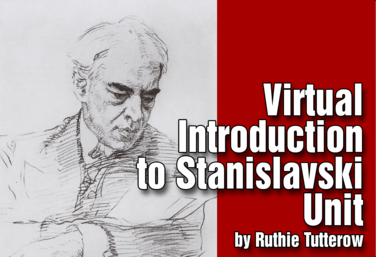
Virtual Introduction to Stanislavski
by Drama Teacher Academy
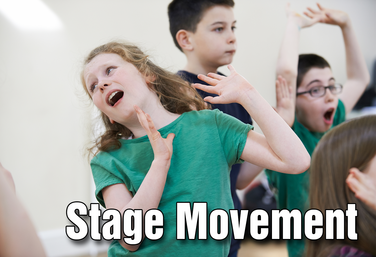
Part of the Drama One Curriculum
Stage Movement
by Karen Loftus
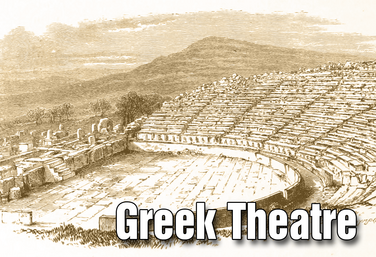
Part of the Drama One Curriculum
Ancient Greek Theatre
by Karen Loftus

Part of the Drama One Curriculum
Commedia Dell'Arte
by Karen Loftus
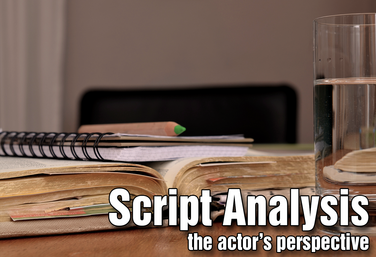
Part of the Drama One Curriculum
Script Analysis: The Actor's Perspective
by Karen Loftus
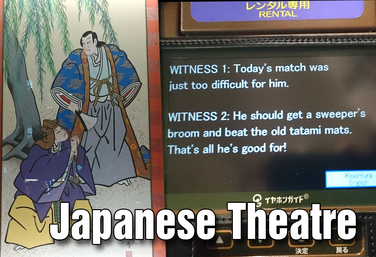
Part of the Drama One Curriculum
Japanese Theatre
by Karen Loftus
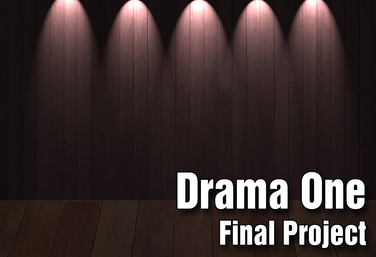
Part of the Drama One Curriculum
Drama One Final Project
by Karen Loftus

Monologue Writing Made Easy
by Matthew Banaszynski
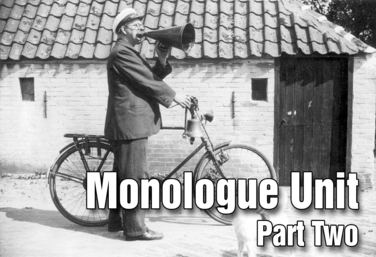
Part of the Drama Two Curriculum
Monologues - Part 2
by Matt Webster

Decolonizing Monologues
by Nicholas Pappas
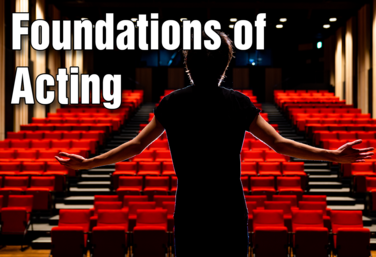
Foundations of Acting
by Annie Dragoo
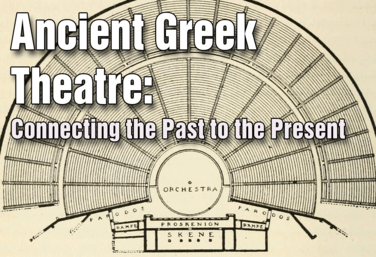
Ancient Greek Theatre
by Lindsay Price
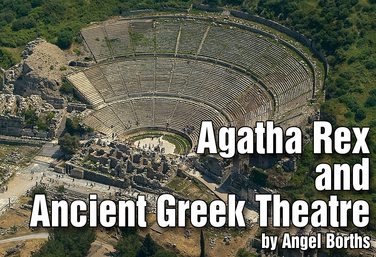
Agatha Rex and Ancient Greek Theatre
by Angel Borths
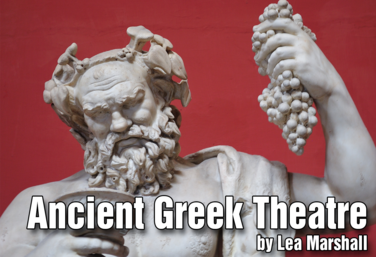
Ancient Greek Theatre - It's All Greek to Me! *Hyperdoc
by Lea Marshall
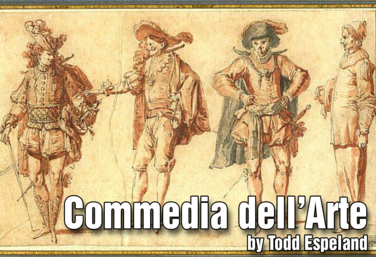
Commedia dell'Arte
by Todd Espeland
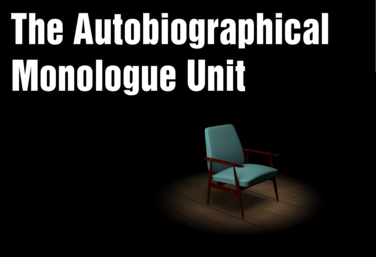
The Autobiographical Monologue
by Gai Jones
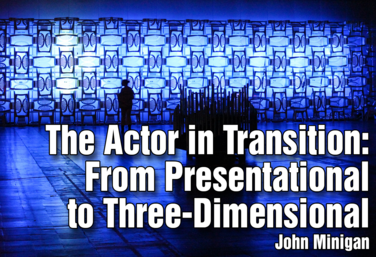
The Actor in Transition: From Presentational to Three-Dimensional
by John Minigan
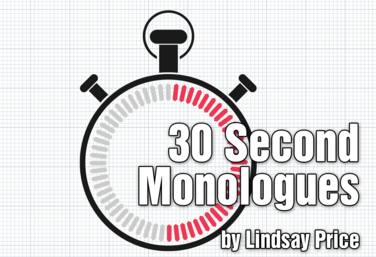
30 Second Monologues
by Lindsay Price
View all Standards for Virginia Standards Of Learning (2020) Standards Master List